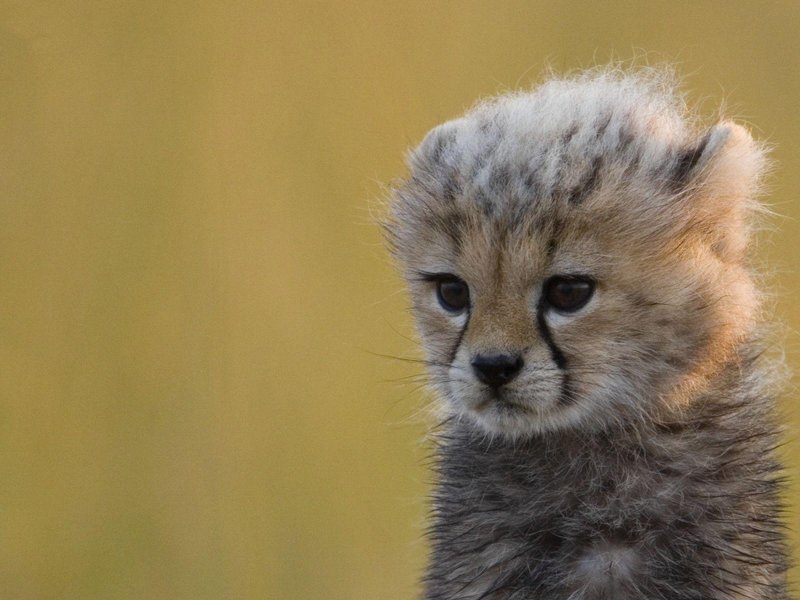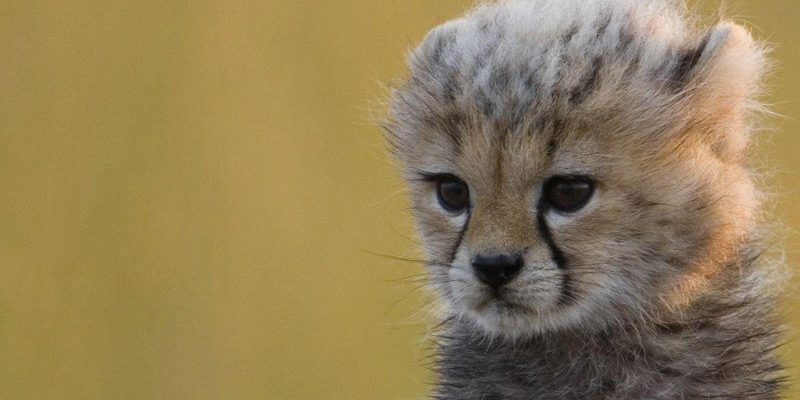
Understanding the evolutionary history of the cheetah isn’t just about its speed; it’s about survival, adaptation, and the unique traits that set them apart from other big cats like lions and tigers. It’s like peeling back the layers of an onion—each layer reveals something new about why the cheetah is the way it is today. From ancient ancestors to modern-day challenges, the story of the cheetah is one of resilience and adaptation, and it might just surprise you.
1. The Ancestral Roots of Cheetahs
To really get into the history of the cheetah, we need to go back millions of years. Cheetahs belong to the family *Felidae*, which includes all cats, both big and small. Their ancestors date back to about 10 million years ago when the first true cats appeared. These early ancestors were quite different from the cheetah we know today. They were larger, with varying hunting styles and habitats.
Interestingly, the lineage leading to modern cheetahs diverged from other big cats around 5 million years ago, placing them on a unique path. Early cheetah-like cats roamed the plains and savannas, adapting to open environments that required speed and agility for hunting. This transition represents a crucial moment in their evolutionary history—one that shaped not just their physical characteristics but also their behavior and hunting strategies.
2. Evolution of Speed and Agility
Now, let’s talk about what really makes a cheetah special: its incredible speed. The cheetah can reach speeds of up to 70 miles per hour (about 113 kilometers per hour) in short bursts covering distances up to 1,500 feet (approximately 460 meters). But how did they get so fast?
Over time, cheetahs developed a lightweight frame and unique adaptations in their bodies. For example, they have elongated limbs, a flexible spine, and huge nasal passages that allow for increased oxygen intake. All these traits come together to create a body built for high-speed chases.
Muscle composition plays a key role, too. Cheetahs have more fast-twitch muscle fibers than other big cats, enhancing their sprinting capabilities. Their large adrenal glands produce adrenaline, helping them engage in those exhilarating bursts of speed when chasing prey. This evolutionary focus on speed over strength has allowed them to thrive in the grasslands but has also come with its own set of challenges.
3. The Decline of the Cheetah Population
While cheetahs are marvels of evolution, their survival hasn’t been a smooth ride. Over the years, habitat loss, human-wildlife conflict, and declining prey populations have pushed cheetah numbers down dramatically.
You might be wondering just how serious the situation is. Today, the cheetah is classified as vulnerable on the IUCN Red List. Their population has decreased by over 90% in the last century, and they now exist in fragmented pockets across parts of Africa and a small region in Iran.
Conservation efforts are underway, but they face substantial obstacles. The relationship between humans and wildlife is complex, and finding solutions requires collaboration and innovative strategies. Without focused efforts to protect and restore their habitats, the future of the cheetah hangs in the balance.
4. The Role of Genetics in Cheetah Evolution
Genetics plays a crucial role in understanding the cheetah’s history. Surprisingly, cheetahs have very low genetic diversity compared to other big cats, which raises concerns about their ability to adapt to changing environments and diseases.
Around 10,000 years ago, a genetic bottleneck occurred, likely due to climatic changes and habitat shifts. This event resulted in a significant loss of genetic variation, meaning that today’s cheetah populations are more closely related than we’d expect.
This lack of diversity can lead to inbreeding issues, making cheetahs more susceptible to diseases. Imagine a family where everyone shares similar traits—if a health issue arises, it can spread quickly. Understanding these genetic factors is essential for effective conservation efforts aimed at ensuring the long-term survival of this incredible species.
5. Cheetah Social Structures
Cheetahs are unique not just for their speed but also for their social behavior. Unlike most big cats, which are solitary, cheetahs often form small groups. Males may band together to form what’s known as a coalition, usually comprising brothers, while females tend to be more solitary, raising their cubs alone.
These social structures are fascinating and can influence their hunting success. Coalitions can work together to chase down prey, making them more efficient hunters. Families, on the other hand, help ensure the survival of the next generation.
Since cheetah cubs face numerous challenges, including predation from other large carnivores, the support system provided by these social structures is crucial. It showcases how cheetahs adapt not just physically but socially to their environment.
6. Modern Conservation Efforts
As we reach the present, conservationists are stepping up to protect cheetahs from the brink of extinction. Various organizations focus on habitat restoration, anti-poaching laws, and community education.
One successful project involves working with local farmers, teaching them coexistence strategies. For instance, livestock protection methods help reduce human-cheetah conflict, allowing both to thrive. Programs like these emphasize the importance of community involvement and understanding the ecological role cheetahs play in their environments.
Also, technology is lending a helping hand. Tracking devices allow researchers to monitor cheetah movements and gather vital data for conservation strategies. This collaborative approach can make a real difference in the fight for these amazing cats.
7. The Future of Cheetahs
So, what’s next for the cheetah? The road ahead is challenging, but with ongoing conservation efforts and public awareness, there’s hope. Protecting their habitats and ensuring genetic diversity are critical steps.
You could think of it this way: preserving cheetahs is like keeping a delicate balance in nature. Each species plays a role, and losing one can have cascading effects. The cheetah, a symbol of speed and grace, deserves a place in our world. It’s not just about saving a single species; it’s about maintaining the rich tapestry of life.
In conclusion, the evolutionary history of the cheetah is a story of remarkable adaptations and ongoing challenges. From its ancestral roots to the pressing need for conservation, the cheetah’s journey reflects the intricate relationship between species and their environments. By understanding this history, we can all play a part in ensuring that future generations get to experience the awe of seeing a cheetah sprint across the savanna.

